Can astrology really reveal your sexual preferences or orientation? Or is it just another mystical lens that sometimes ends up reinforcing tired clichés? For many LGBTQ+ people — especially those exploring their identity through the stars — the idea of finding gay sex in the horoscope chart is as fascinating as it is controversial.
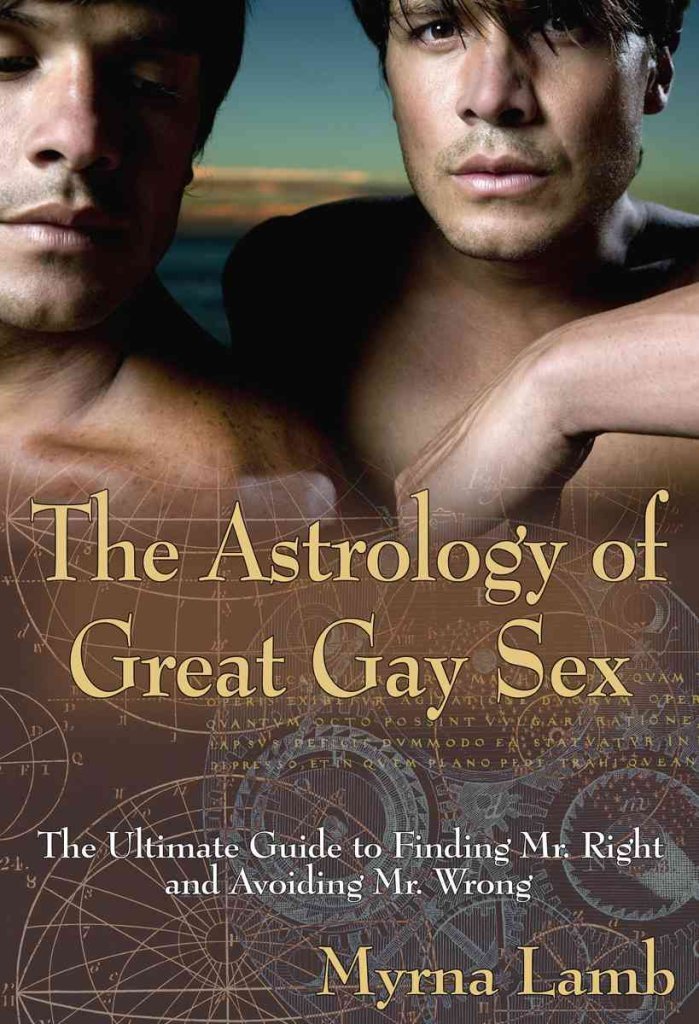
As astrological language becomes more inclusive, more people are asking: Can your birth chart reveal that you’re gay? Can it tell whether you’re a top, bottom, or somewhere in between? Or are we simply projecting personal truths onto planetary alignments?
This article explores the tension between astrology as a tool for sexual liberation and its potential as a source of rigid labels. We’ll look at how astrology has historically treated queerness, how modern astrologers interpret gay sex in the horoscope chart, and whether this interpretation leads to empowerment or stereotype.
⭐ Understanding the Search Intent Behind “Gay Sex in the Horoscope Chart”
When someone types “gay sex in the horoscope chart” into Google, they’re usually seeking more than curiosity. Their intent tends to fall into one or more of the following categories:
This search speaks to a profound need: to be seen, understood, and validated — sexually, emotionally, spiritually.
🌈 The History of Queerness in Astrology
Historically, mainstream astrology has often reflected heteronormative assumptions. Love predictions were rooted in binary gender roles: Venus represented the feminine, receptive principle; Mars, the masculine, active force. These traditional frameworks rarely acknowledged same-sex attraction, fluid roles, or nonbinary identities.

However, in recent decades, queer astrologers have reclaimed and reshaped astrology to be radically inclusive. In this movement:
It is in this reimagined astrology that the search for gay sex in the horoscope chart becomes possible — and even meaningful.
🌌 Where Gay Sexual Energy Hides in the Chart
Astrology doesn’t assign a “gay label” to placements. But certain planetary aspects, house positions, and combinations can suggest patterns of sexual energy, role preferences, or attraction dynamics — especially when interpreted outside heteronormative frameworks.
Here are key parts of the chart where sexuality is often analyzed:
1. Mars – The Planet of Sexual Drive
Mars represents how we assert ourselves sexually. In gay astrology, Mars often points to:

Examples:
2. Venus – Romance, Attraction, and Aesthetic
While Venus is often simplified as “love,” it reveals much more:
In gay astrology:
3. 5th and 8th Houses – Pleasure & Intimacy
Planets in these houses — especially Uranus, Neptune, or Pluto — may hint at nontraditional or queer sexual experiences.
For example:

4. Aspects That Suggest Fluidity
Certain chart features may indicate emotional or sexual flexibility:
🚨 The Debate: Does Astrology Affirm Queerness or Reinforce Stereotypes?
This is where the controversy begins.
✅ Revealing Hidden Truths
Many LGBTQ+ individuals say astrology helped them discover or embrace their queerness. It gave words to feelings they couldn’t otherwise explain — long before they came out.
For example:
A person with Mars in Scorpio opposite Uranus in the 5th may read that this aspect suggests nonconventional sexual tastes. That might be the first time they feel seen and not alone in their desires.
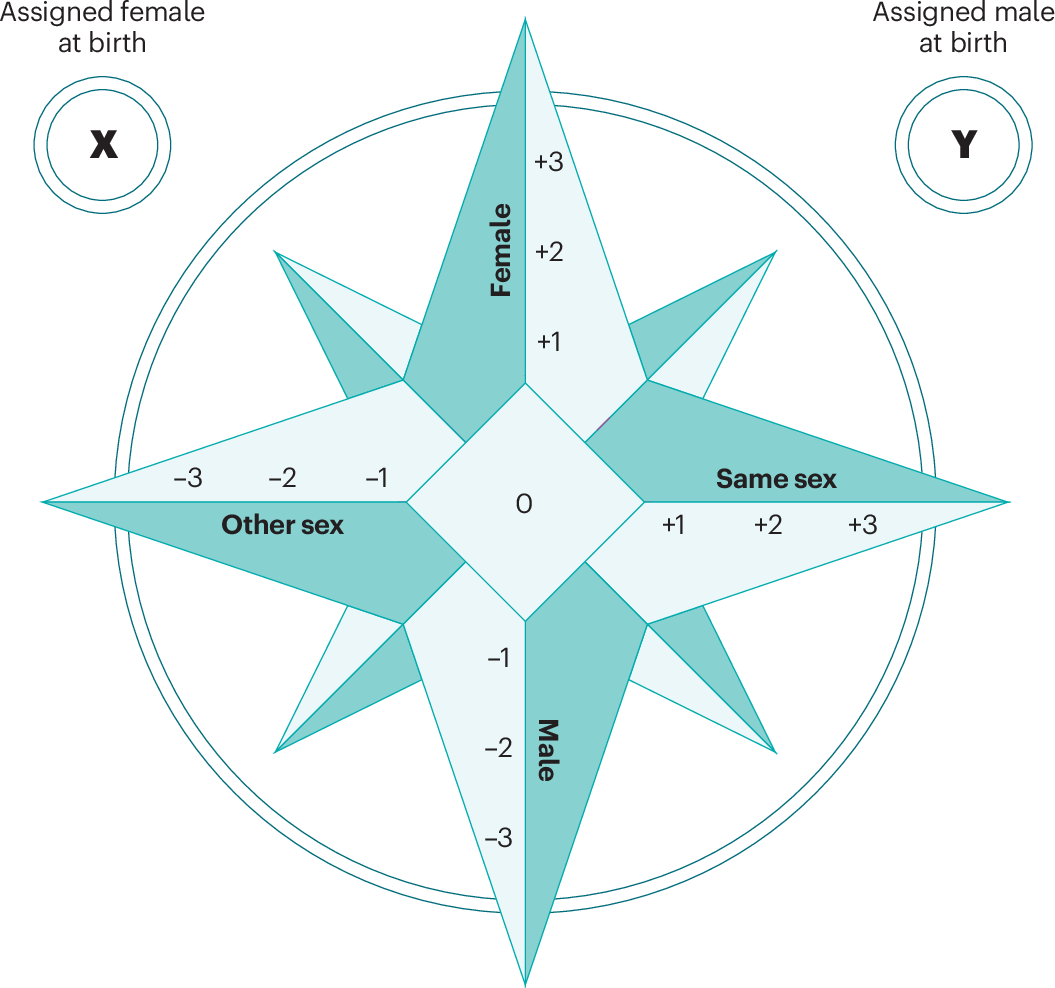
Supporters argue that:
❌ Reinforcing Stereotypes
But critics are quick to warn: astrology can also flatten queer experience into oversimplified traits or labels.
Consider:
These interpretations risk:
Astrology can be liberating — or it can become a self-fulfilling stereotype machine.
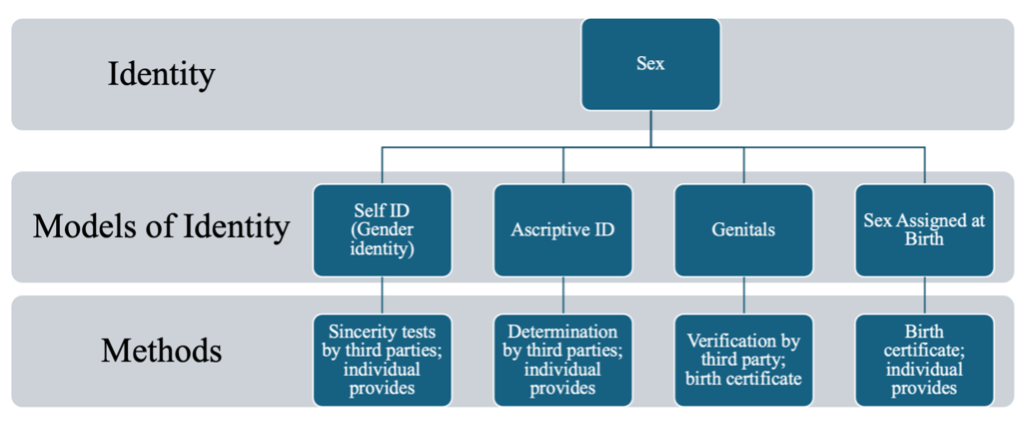
🛑 The Danger of Label-Obsessed Readings
Using your chart to explore sex is great. But using it to define who you must be in bed can cause more harm than good. The danger lies in:
The stars reflect potential, not rules. A birth chart describes energy — not rigid boxes.
🔮 Queer Astrology: A New Cosmic Language
Thankfully, queer astrologers are rewriting the rules.
Modern queer astrology:
In this space, exploring gay sex in the horoscope chart becomes a process of liberation, not limitation.
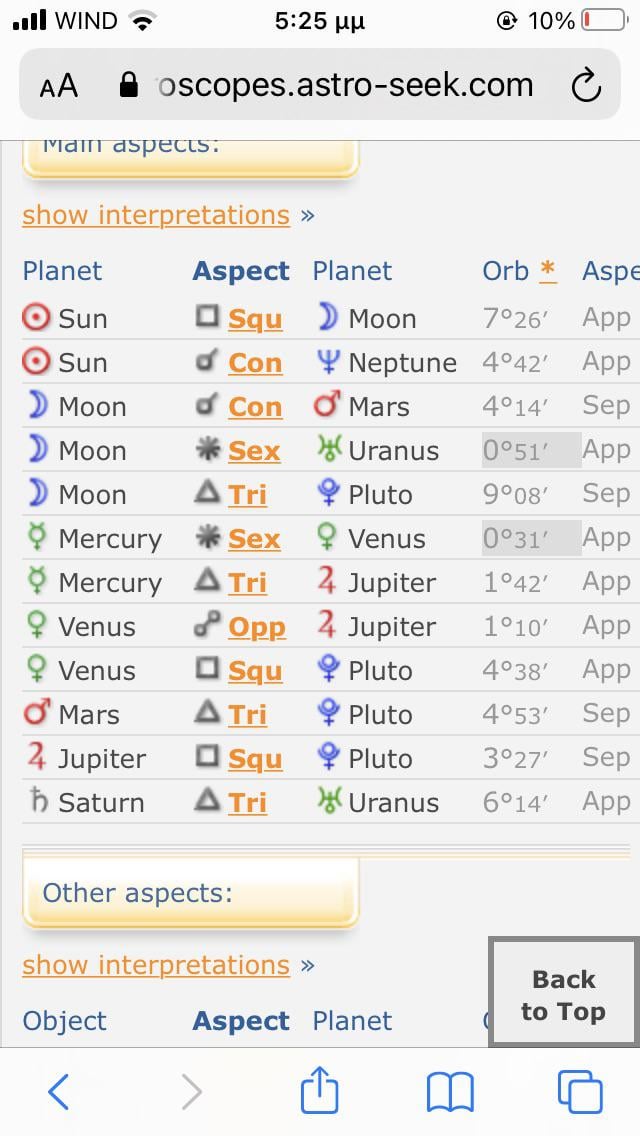
🧠 FAQ: Gay Sex in the Horoscope Chart — Answered
Q1: Can a horoscope chart tell me if I’m gay?
A: No, not definitively. But certain planetary aspects may reflect emotional or sexual fluidity, nontraditional desires, or attraction patterns. Your identity is yours to define.
Q2: Are there “top” or “bottom” placements in astrology?
A: Some astrologers use Mars, Pluto, or house placements to explore dominance vs receptivity — but roles are fluid and based on personal preference, not just charts.
Q3: What signs are more likely to be queer or sexually fluid?

A: No sign is inherently “gayer” than another. But Aquarius, Pisces, Scorpio, and Gemini are often associated with sexual flexibility or queerness due to their energetic traits.
Q4: Is using astrology to explore my sex life healthy?
A: Yes — when done with curiosity and self-reflection. It can help you name your desires and patterns, but shouldn’t replace communication with partners or self-growth.
Q5: What’s the difference between traditional and queer astrology?
A: Traditional astrology often assumes heteronormativity. Queer astrology dismantles that, focusing on inclusivity, fluid identities, and honoring LGBTQ+ experiences in every sign.
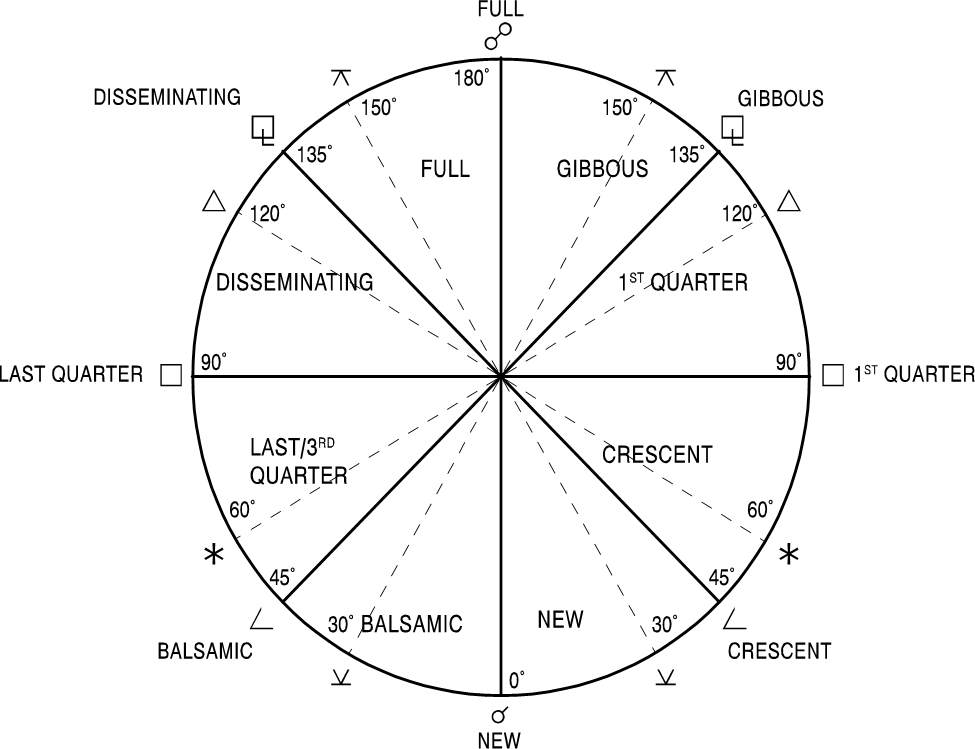
🌀 Conclusion: Cosmic Mirror or Cultural Myth?
So, is gay sex in the horoscope chart a tool for self-discovery, or a system that risks boxing people in?
The truth is — it’s both. Astrology, like any language, can reflect who you are or how you’ve been taught to see yourself. It can affirm your erotic truth, or it can echo societal patterns unless approached with care.
The key? Use astrology to explore, not define. To awaken, not restrict. Your queerness isn’t written in the stars — but the stars can help you understand it more deeply.
Your sexuality is a sacred force. Let astrology be a mirror, not a master.
